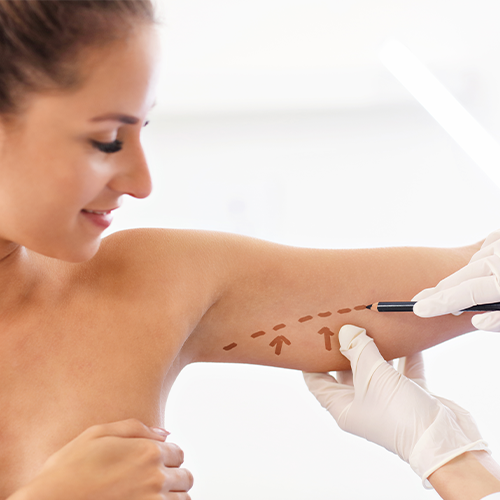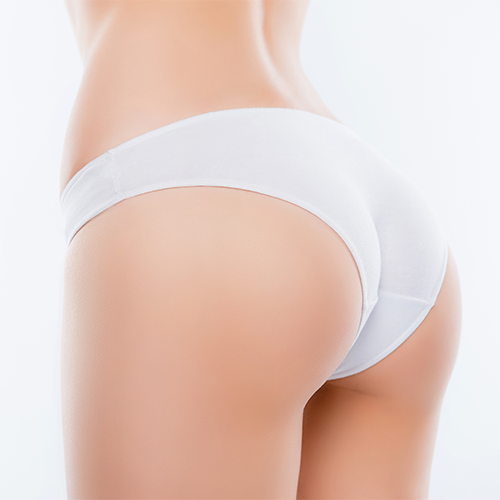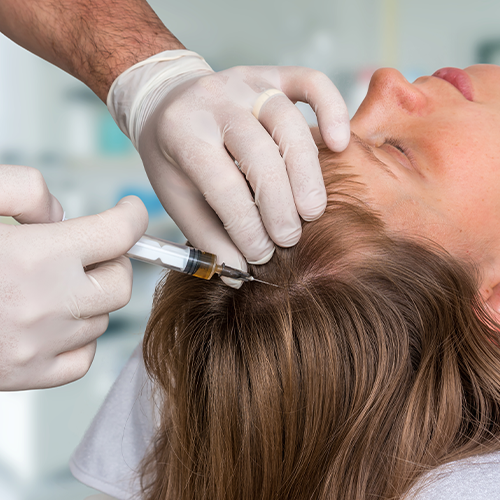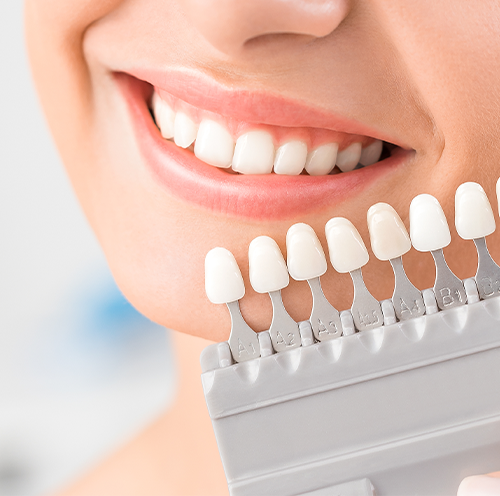
Mentoplasty is a surgery done on the chin area to get rid of the asymmetric appearance of the chin, correct the shape, length or wideness of the chin. Implants can be used to correct the shape, or the bone structure can be shaven, reshaped, or aligned to achieve a more pleasant, good looking appearance.
All these procedures are determined by the surgeon with the help of the patient according to the patient’s needs in Orenda Health with high quality techniques.
People with small and pressed chins may opt for implants. People with protruding and long chins may want to shorten them to have a more chiseled effect.
Mentoplasty can be combined with other operations such as face lifting and neck lifting. The surgeon will determine the availability of the options and inform you about the decision. After the primary examination, the doctor will have the necessary data to decide how to work with the current shape of the chin area to go towards the desired outcome.
Non-surgical Chin Operations
When there is no need for bone structure shave, or for implants, non-surgical options can be chosen such as chin fillers. The most popular of the non-surgical procedures are jawline fillers. Those fillers make the jawline more prominent and can help reduce the droopiness by making the jawline more chiseled. It can be done in 15-20 minutes with local anesthetic creams. The patient can go back to normal daily life immediately.
 Surgical Chin Operations
Surgical Chin Operations
These operations are done under general anesthesia and performed by surgeons. Small chins can be elongated or can be made more protruding by inserting compatible implants such as silicon or gortex implants. Long and wide chins can be made smaller by shaving the excess bone and shaping it in a way more suitable for the face. If there is a need to also correct the upper chin, the patient will be referred to a dental clinic to assist with the shape of the mouth for a more comfortable closure of the teeth. Surgical operations can last between 30 minutes to 3 hours, depending on the procedure and the current shape of the chin.
After the surgery, the doctors will inform the patient on how to take care of the affected area. Some swelling and bruising may occur, but will go down with proper care in a week. The chin will be wrapped with bandages after the dressing, and the doctor will recommend how to treat the area after the bandages are removed.

 Average length of stay
Average length of stay Length of stay in hospital
Length of stay in hospital Operation duration
Operation duration Anesthesia
Anesthesia Recovery Duration
Recovery Duration




